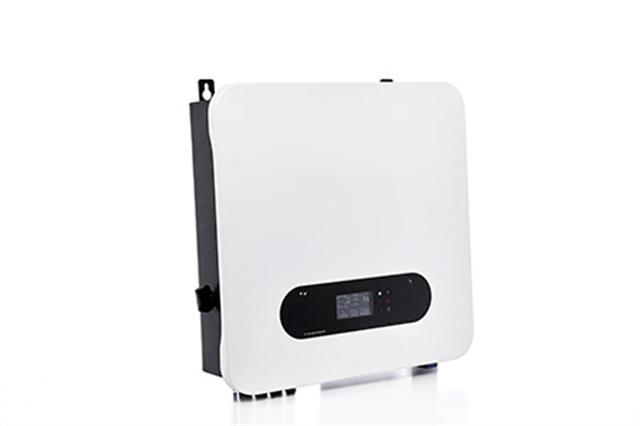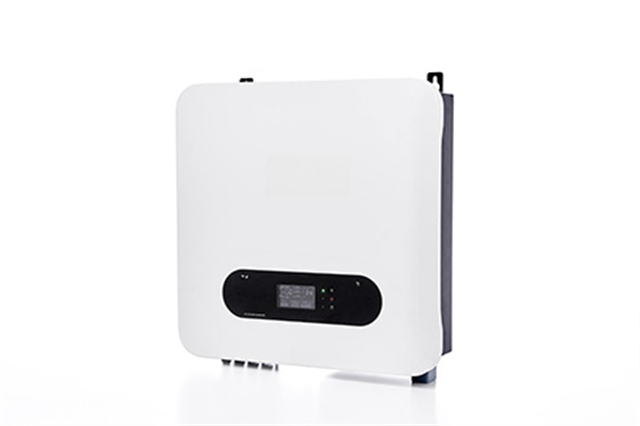Author:BLD Solar Energy SystemFROM:Solar System Converter Manufacturer TIME:2023-10-16
Installation Guide for On Grid Micro Inverter

The on-grid micro inverter is an essential component in a photovoltaic (PV) system. It converts direct current (DC) power generated by solar panels into alternating current (AC) power that can be used by household appliances and fed back into the grid. This installation guide will provide step-by-step instructions on how to properly install and configure the on-grid micro inverter.

Prior to starting the installation process, it is important to prioritize safety. Ensure that all electrical power is turned off and wear appropriate personal protective equipment (PPE) such as gloves and safety goggles. Familiarize yourself with the product's manual and adhere to all safety guidelines provided by the manufacturer.

Choose a suitable location for the installation of your micro inverter. It should be in close proximity to the solar panel array to minimize power losses. Additionally, ensure that the installation site is well-ventilated and free from excessive heat, moisture, and shading. Avoid areas prone to flooding or high wind conditions.
Securely mount the micro inverter on a wall or suitable surface using the provided mounting brackets. Ensure that the mounting location is structurally sound and capable of supporting the weight of the inverter. Use appropriate hardware and follow the manufacturer's instructions for proper installation.
Connect the DC input cables from the solar panels to the micro inverter's DC input terminals. Follow the wiring diagram provided in the product's manual to ensure proper connection. Similarly, connect the micro inverter's AC output cables to the electrical service panel or distribution board using appropriate wiring techniques and materials.
Proper grounding is crucial for the safe and efficient operation of the micro inverter. Connect the ground wire from the inverter to a suitable grounding point, such as a ground rod. Follow local electrical codes and guidelines for grounding requirements and ensure that all connections are secure.
Configure the micro inverter according to the manufacturer's instructions. This typically involves setting parameters such as grid voltage, frequency, and communication settings. Once configured, perform a thorough testing of the system to verify its functionality and ensure that it is properly synchronized with the grid.
Set up a monitoring system to keep track of the performance of your on-grid micro inverter. Regularly check for any errors or malfunctions and promptly address them. Clean the inverter periodically and inspect all connections for signs of wear or damage. Adhere to the recommended maintenance schedule provided by the manufacturer.
In conclusion, the installation of an on-grid micro inverter is a crucial step in setting up a reliable and efficient PV system. By following the steps outlined in this installation guide and adhering to safety guidelines, you can ensure a successful installation. Regular monitoring and maintenance will help optimize the performance and longevity of your micro inverter.
